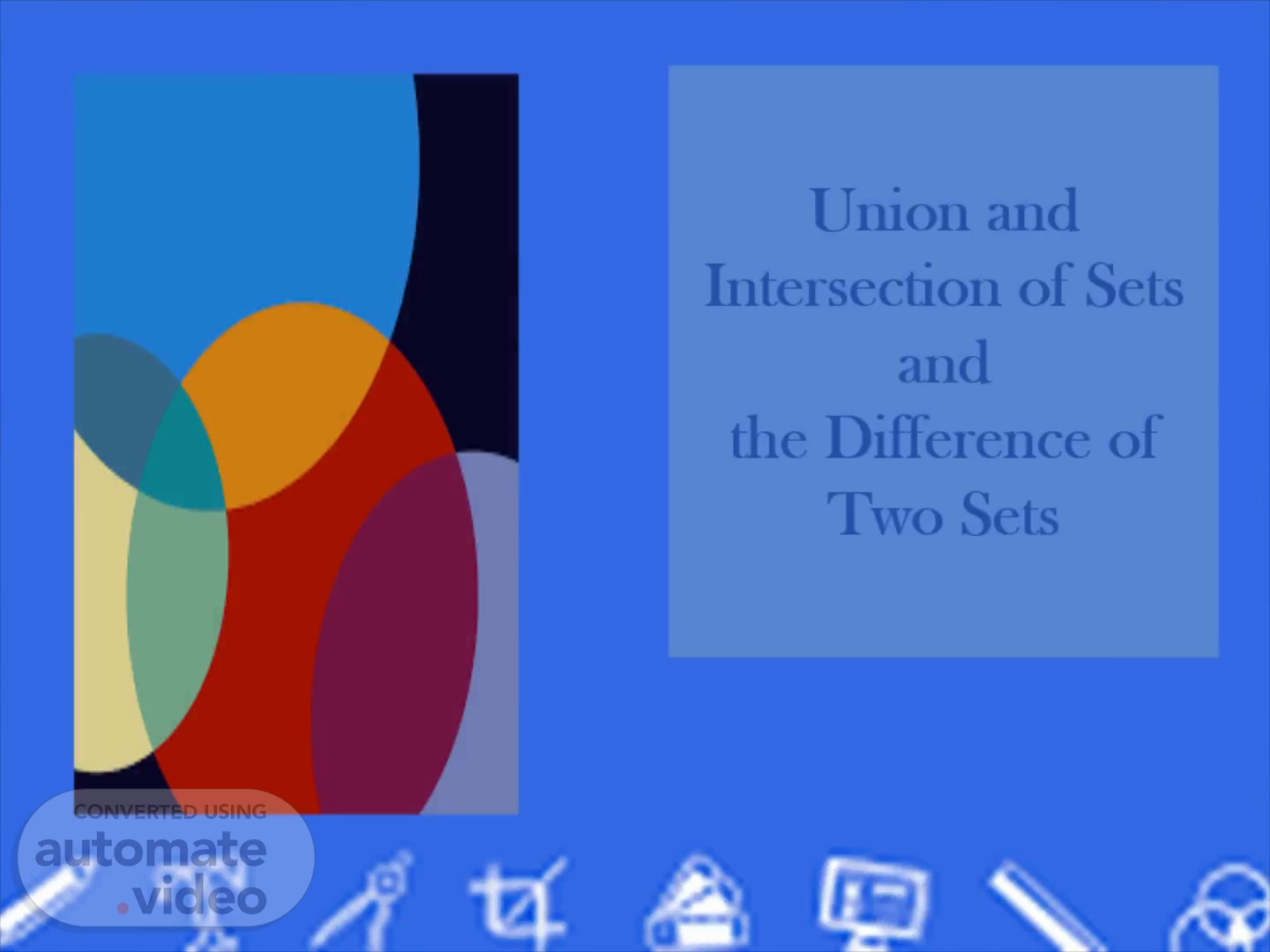
Union and Intersection of Sets and the Difference of Two Sets
Scene 1 (0s)
Union and Intersection of Sets and the Difference of Two Sets.
Scene 2 (9s)
Set Operations. The set operations are performed on two or more sets to obtain a combination of elements, as per the operation performed on them. There are three major types of operations performed on sets, such as: Union of sets (∪) Intersection of sets (∩) Difference of sets ( – ).
Scene 3 (36s)
Union of Sets. If two sets A and B are given, then the union of A and B is equal to the set that contains all the elements, present in set A and set B. This operation can be represented as; A ∪ B = Where x is the elements present in both the sets A and B..
Scene 4 (1m 11s)
If two sets A and B are given, then the intersection of A and B is the subset of universal set U, which consist of elements common to both A and B. It is denoted by the symbol ‘∩’. This operation is represented by: A∩B = Where x is the common element of both sets A and B..
Scene 5 (1m 47s)
Difference of Two Sets. If there are two sets A and B, then the difference of two sets A and B is equal to the set which consists of elements present in A but not in B. It is represented by A-B..